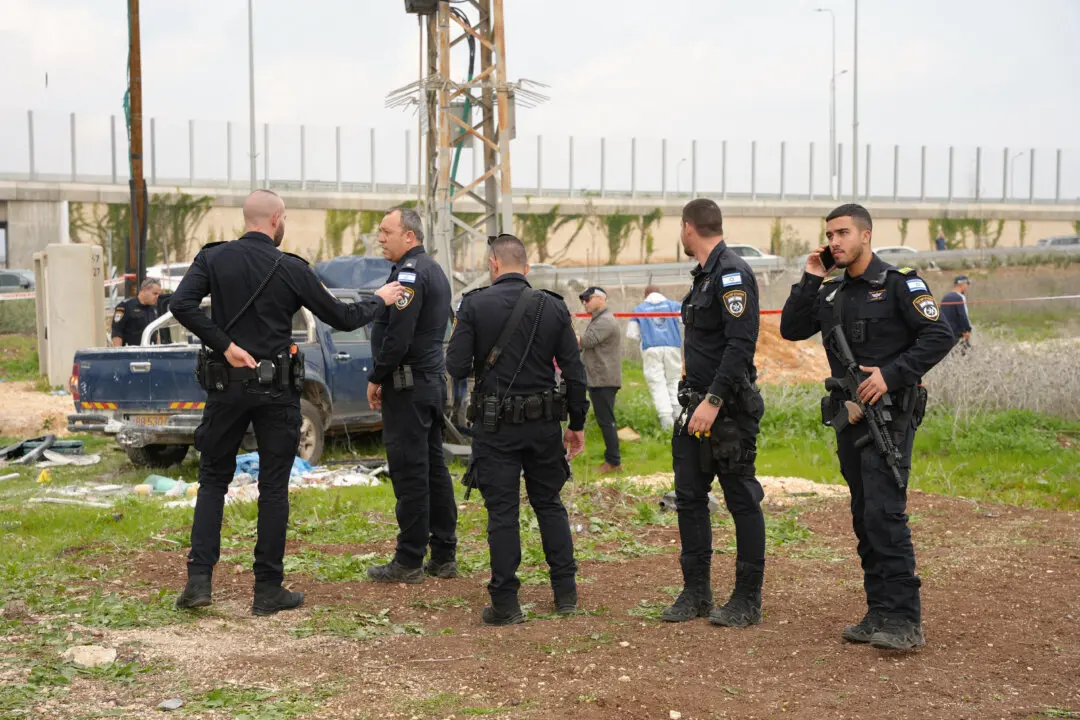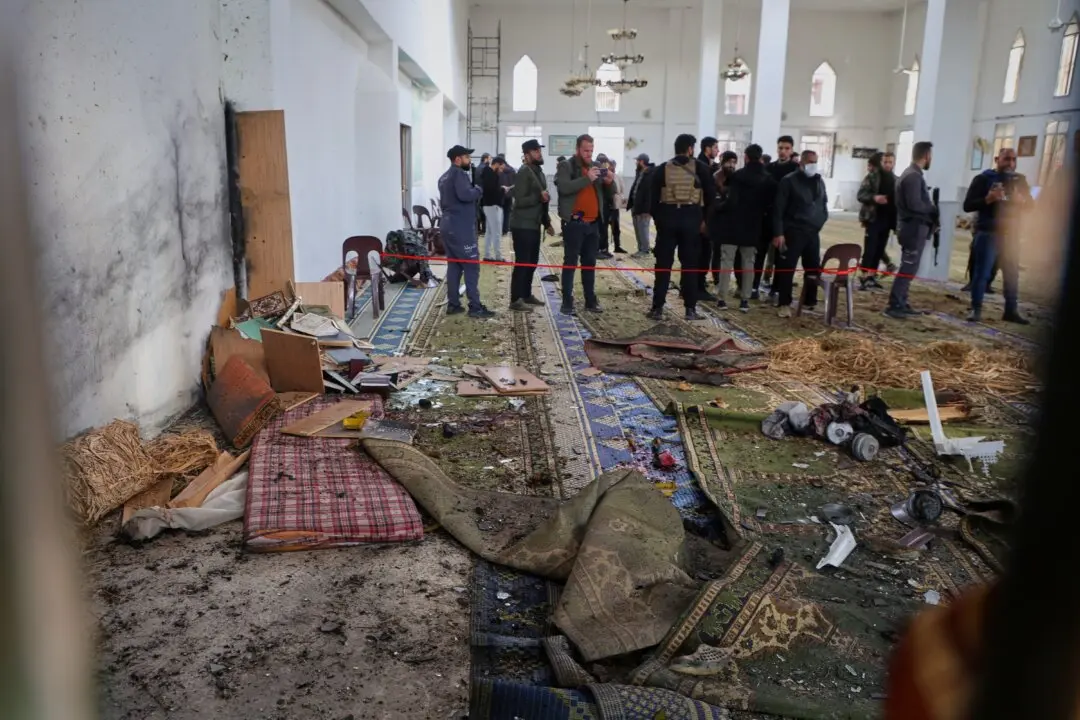BISMARCK, N.D.—An arctic wave has wrapped parts of the Midwest in numbing cold, sending temperatures plunging and prompting officials to close schools in several states on Friday, but forecasters say the worst may be yet to come.
Cold weather advisories were in effect from North Dakota to Ohio, with dangerously cold wind chills that could dip to as low as 45 below zero (negative 42 Celsius) in northern Wisconsin and Minnesota and to 35 below (negative 37 Celsius) in parts of northern Illinois and Iowa.





